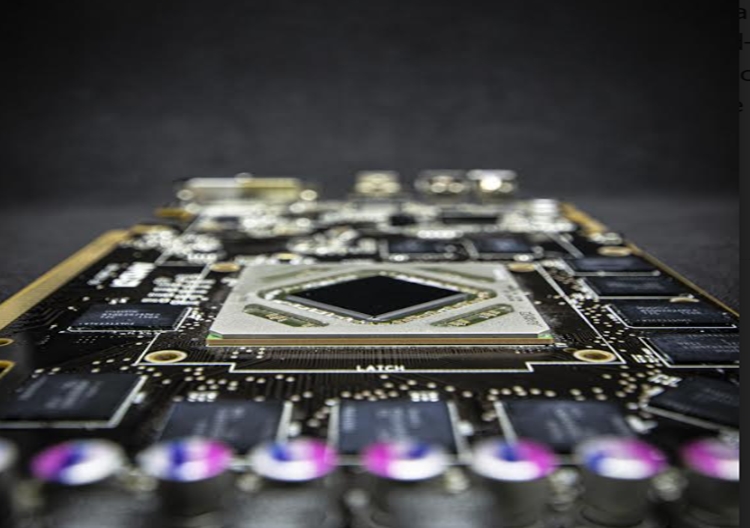The global surge in artificial intelligence (AI) has been fueled by the emergence of graphics processing units (GPUs). These powerful components have become essential in contemporary supercomputing and are seamlessly integrated into expansive hyper-scale data centers. While remaining highly coveted by gamers, GPUs have also become valuable accelerators, enhancing a wide range of activities including encryption, networking, and AI processing. Moreover, they persistently contribute to advancements in gaming and professional graphics, enhancing performance in workstations, desktop PCs, and the latest laptops.
GPUs, originally designed for parallel processing, find applications in diverse fields, such as graphics and video rendering. Though renowned for their gaming capabilities, GPUs are increasingly gaining popularity in creative production and the realm of artificial intelligence (AI). The integration of GPUs with AI has brought about a significant revolution in deep learning—a subset of machine learning that involves training complex neural networks with multiple layers to decipher intricate patterns and make precise predictions. The computational demands of these algorithms, with their intensive matrix operations and billions of calculations, align perfectly with the strengths of GPUs, making them excel in this domain. Due to their parallel processing architecture, GPUs can execute multiple calculations simultaneously, drastically accelerating the training and inference processes. This immense computing power empowers researchers and practitioners to tackle larger and more intricate datasets, resulting in the development of more accurate and sophisticated AI models.
GPUs and AI: Transforming Industries and Driving Innovation
The interdependent synergy between GPUs and AI has sparked a digital revolution, driving various industries towards unparalleled innovation. Key sectors like healthcare, finance, transportation, and retail are witnessing remarkable advancements in AI, propelled by the prowess of GPUs. Leveraging their parallel processing capabilities, GPUs empower AI models to efficiently analyze massive datasets, identify patterns, and generate real-time predictions. The tangible outcomes of this collaboration are evident in fields spanning from medical diagnostics to fraud detection, where significant improvements have been achieved.
CPUs vs GPUs: The GPU emerged as a counterpart to its closely related sibling, the CPU (central processing unit). While CPUs have continued to enhance performance through architectural advancements, higher clock speeds, and increased core counts, GPUs were specifically designed to accelerate computer graphics tasks.
Two decades ago, GPUs were predominantly used to accelerate real-time 3D graphics applications, particularly in games. However, at present, GPUs are deployed to tackle a wide array of complex computing problems beyond just graphics processing. CPUs use vector registers to execute the instruction stream, whereas GPUs use hardware threads that execute a single instruction on different datasets.
Central Processing Units (CPUs) are task-parallel, latency-oriented processors, while Graphics Processing Units (GPUs) are data-parallel, throughput-oriented processors. Besides their traditional use as graphics coprocessors, GPUs have been used in recent years for general-purpose computations, too. The rapid development of graphics hardware led to extensive use in both scientific and commercial applications. GPUs can perform matrix multiplications in parallel, which speeds up operations tremendously. Graphics processors can cut down the time of training neural networks from days and weeks to hours and minutes.
FPGAs: Field programmable gate arrays (FPGAs) are integrated circuits with a programmable hardware fabric. Unlike graphics processing units (GPUs) or ASICs (Application-specific integrated circuits), the circuitry inside an FPGA chip is not hard etched—it can be reprogrammed as needed. FPGA is a type of processor that can be customized after manufacturing, which makes it more efficient than generic processors. FPGAs offer hardware customization with integrated AI and can be programmed to deliver behavior similar to a GPU. The issue with FPGAs is that they are hard to program and requires knowledge and expertise of hardware descriptor languages such as Verilog or VHDL.
Companies are using FPGAs or GPUs depending on their applications.
News On AIR | July 19, 2023 6:09 PM | Game-Changing Role of GPUs in AI
Game-Changing Role of GPUs in AI








